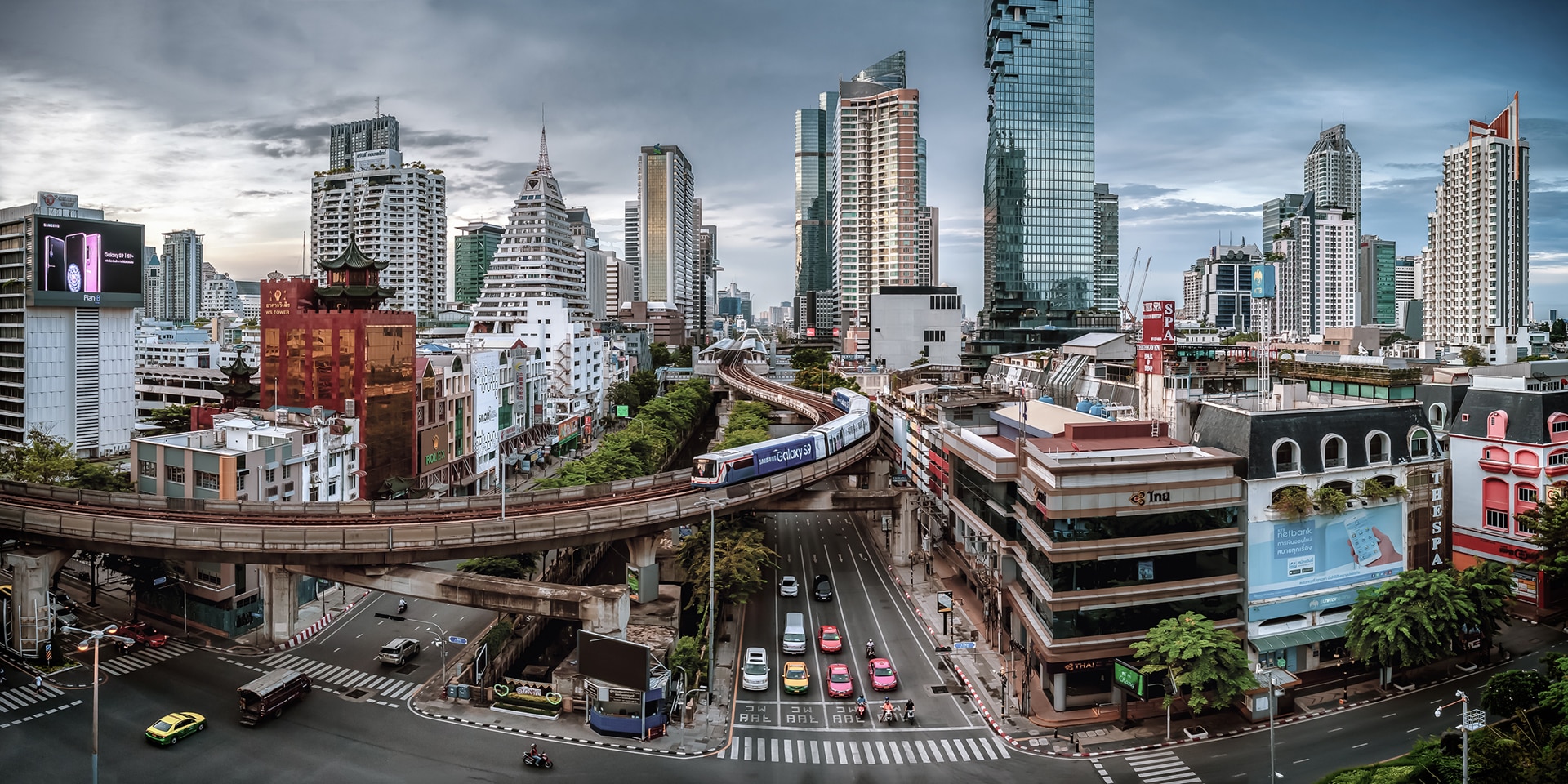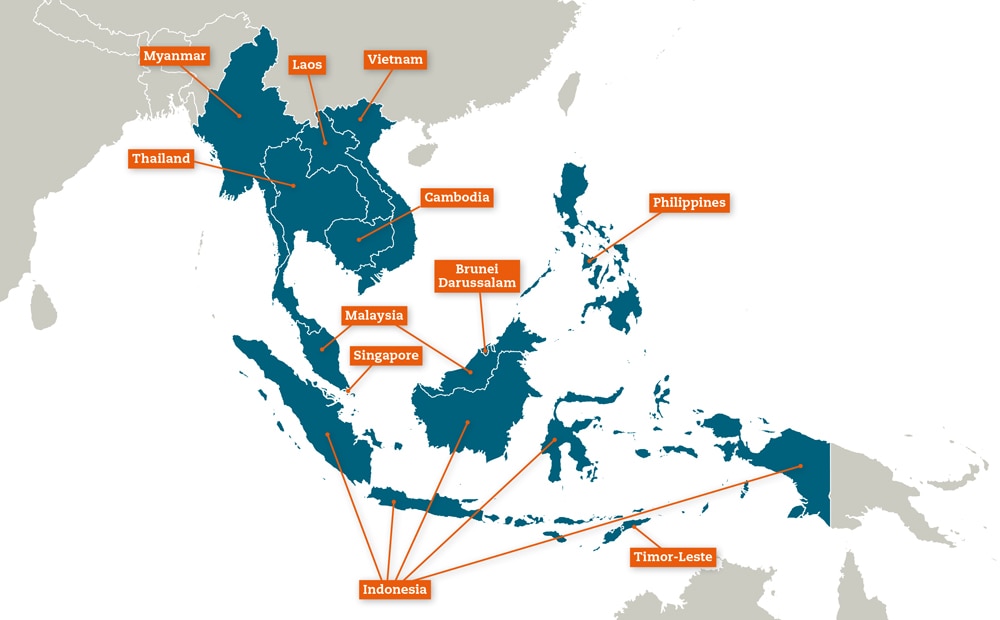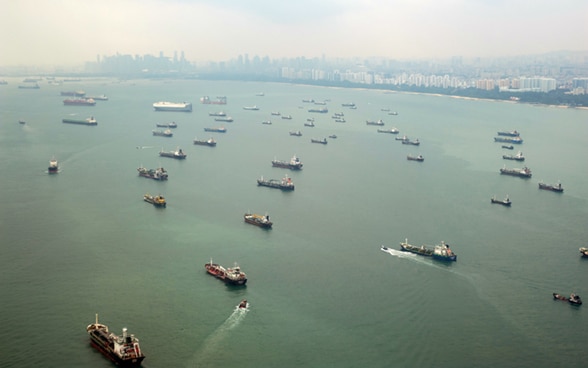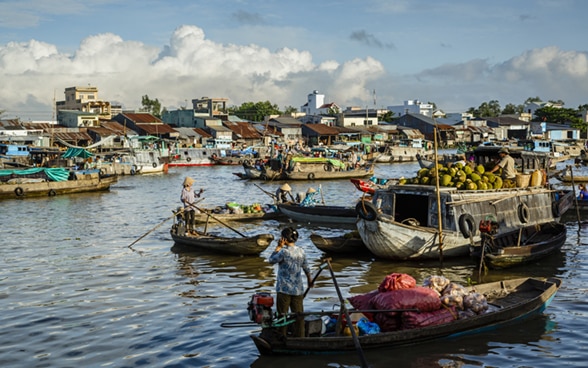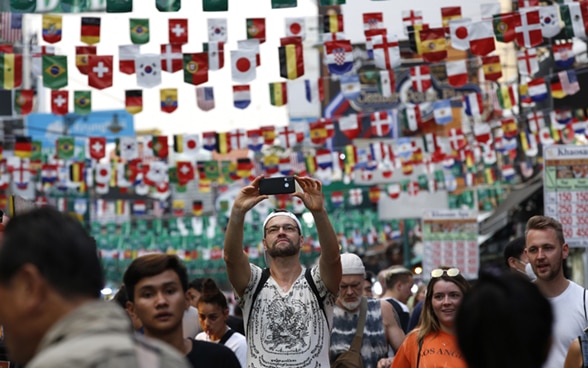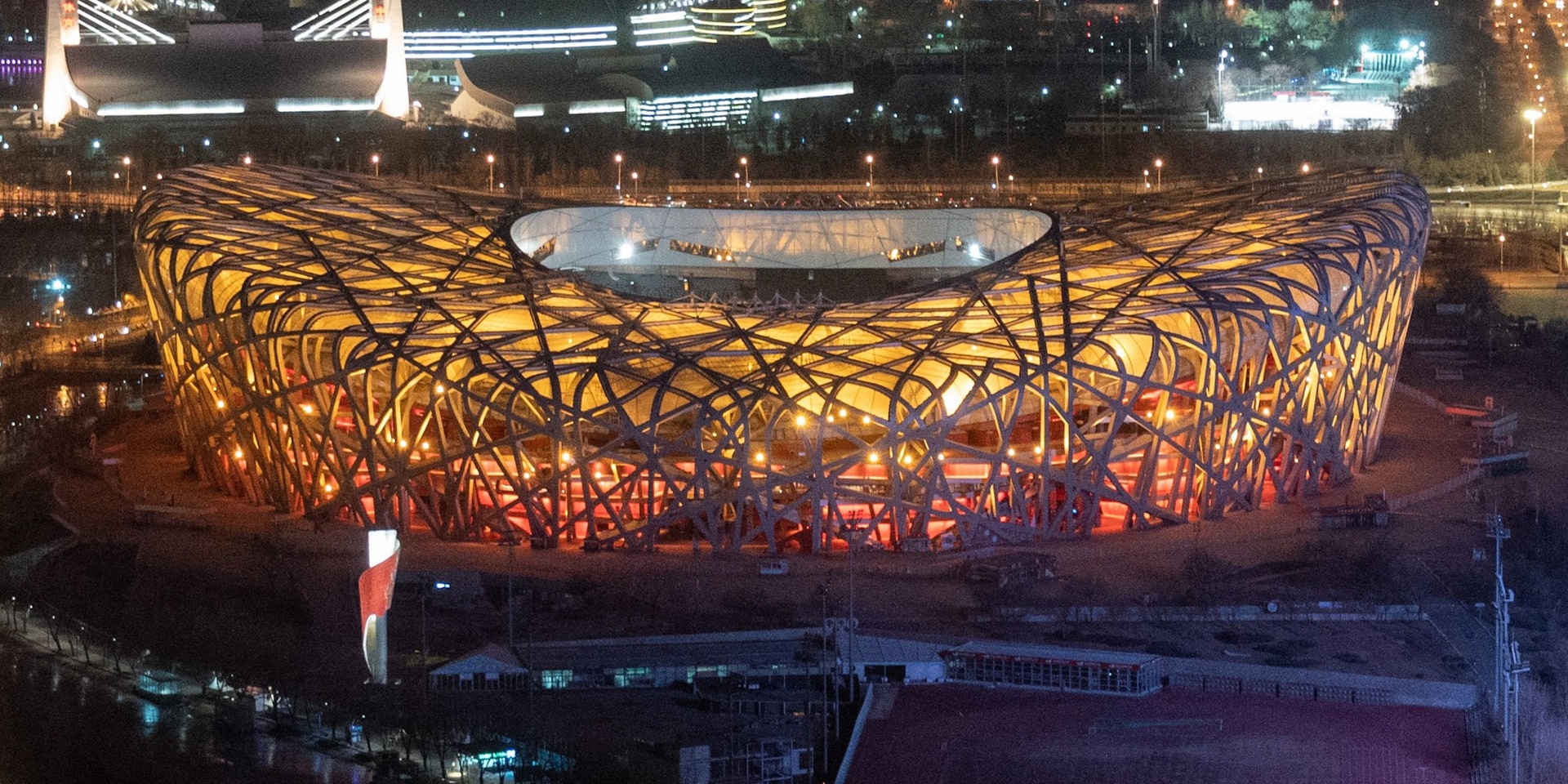Peace and security
A stable security situation is essential for the region's economic and social development. Switzerland contributes to the prevention and resolution of armed conflicts in South East Asia using the instruments at its disposal.
Human rights are a key priority. Through its diplomacy, Switzerland furthers the freedom of expression, the abolition of the death penalty, the prevention of torture and the protection of minorities in the region.
Respect for international law is also one of the core areas to be consolidated. Switzerland's 2023–24 seat on the UN Security Council provides an opportunity to strengthen cooperation in this domain.
One example is work to strengthen social cohesion in Myanmar
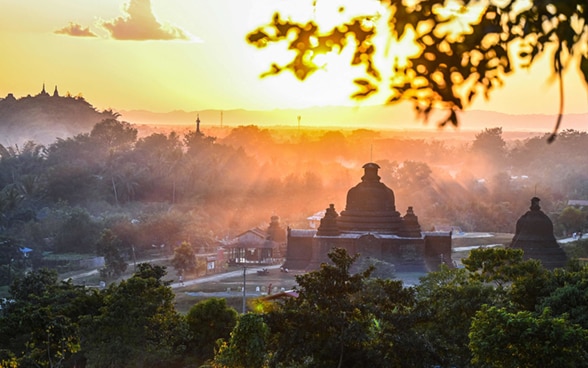
Switzerland supports local organisations in Rakhine State, on the western coast of the country – organisations that offer the population spaces for intercultural understanding and dialogue with the aim of strengthening social cohesion between the two main communities, Buddhist and Muslim. An early warning system has also been put in place to detect potential outbreaks of violence or hate speech. In addition, training is organised to enable the different communities to fact-check the information disseminated.

